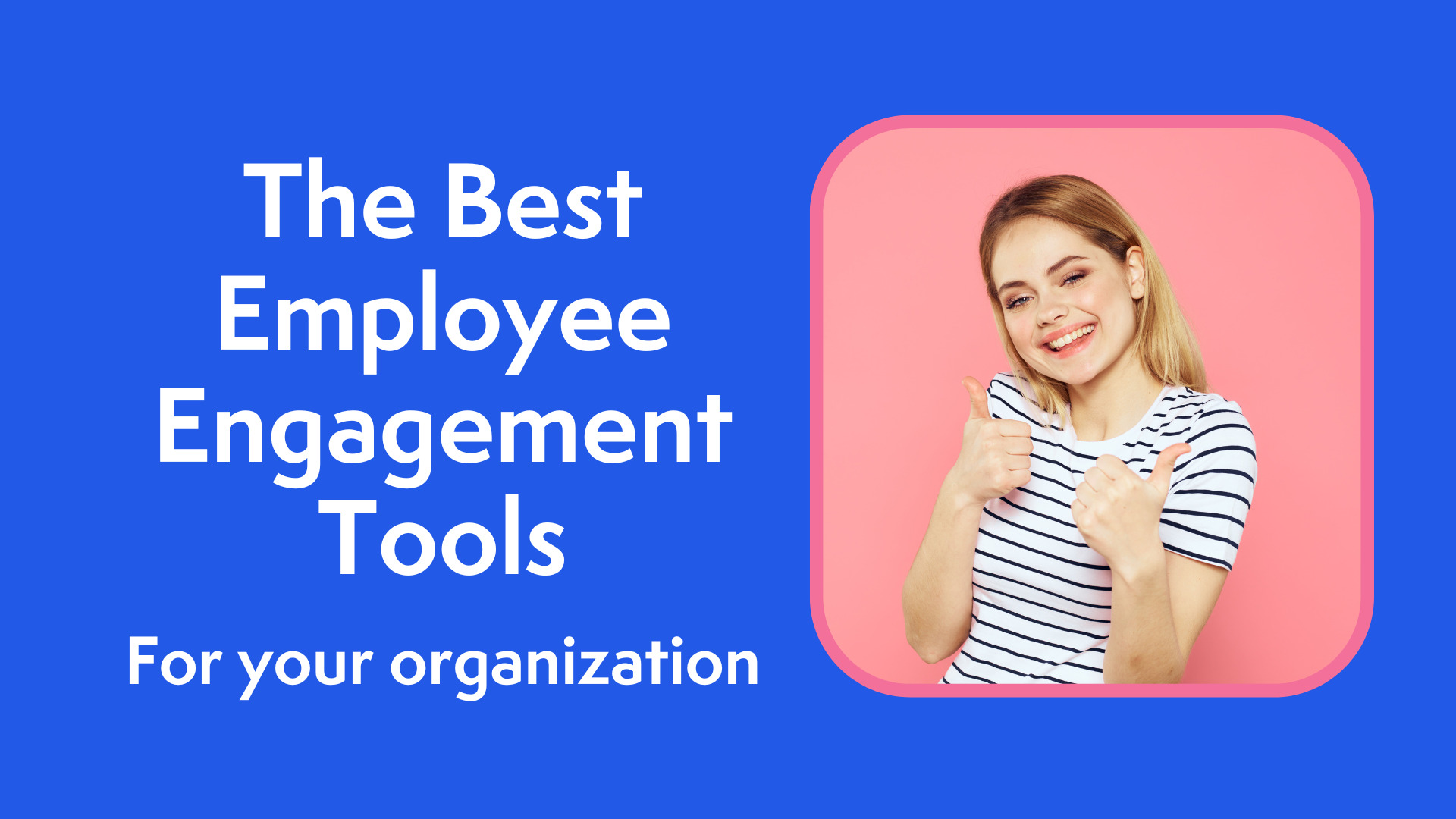To have friendly, helpful employees on the phone converting calls to sales.
— Director
In the last post, “What is the ROI of Employee Engagement? Why You Should Care.”, I tried to help employee engagement professionals prove the value of their work. I pointed out several areas where engagement historically has dramatically influenced performance. The first one that came to mind was sales.
Companies like Zappos, Wegmans, Southwest Airlines, Whole Foods, RackSpace, and GoDaddy, to name a few, have built an incredible following by training their employees to engage with customers. A stocking clerk at Wegmans would drop whatever he is doing to lead you to the product you’ve asked about. Tech support at GoDaddy takes extra time to learn about your business and make suggestions.
What do these companies know that others forget? And what do they do that we don’t? In the most general terms, it’s the link between engagement and sales. When engaged in the right way, your company can act as a giant people magnet. People = customers. Customers = sales. Tada!
But what does it mean to be engaged in the right way? And what does it take to get there? The answers will depend on the employee we’re looking to engage. If the end goal is sales, it’s helpful to split all employees into three tiers. Tier one is the salespeople. Tier two is everyone in contact with customers and prospects. Tier three is everyone in the company. Each tier impacts sales differently and will take a different approach to engagement.
For example, a customer service rep will respond positively to employee engagement strategies—and I’ve got twenty-three of them in my new book, Who the Hell Wants to Work for You? However, unless you address the specific pressures of customer service, you won’t make a huge impact, and will, most likely, fail to “have friendly, helpful employees on the phone converting calls to sales.”
Likewise, your salespeople have their own sales-related needs, on top of their customer-facing and overall human needs. Unless these needs are reasonably met, engagement will suffer—and so will your company’s numbers.
But how do we know that engaging salespeople is good for sales? For some managers, it’s a no-brainer. Nevertheless, in 2013, two Yale researchers put this assumption to a scientific test. They collected two years’ worth of data from 100 Hertz rental car offices at airports across the US and Canada.
In the introduction to their paper, “Sales Productivity and Employee Engagement: Evidence from Upselling in the Car Rental Industry,” published in January 2014, Ahmed Khwaja and Nathan Yang wrote:
“Some companies pride themselves as having the most engaged employees, and there in fact may be tangible benefits to employee engagement in terms of sales productivity, where an engaged employee can be thought of as being enthusiastic and fully involved with the company…”
The researchers set out to prove that employee engagement positively influenced upselling—getting customers to rent a more expensive car than initially reserved. They chose upselling, rather than overall revenues, for a couple of reasons. First, there are too many factors outside of the sales rep’s control that determine sales volume—the size of the airport, competitors, advertising, and so on. Second, customers typically book rental cars online, before a sales rep has a chance to influence their decision.
To measure engagement, the researchers used a semiannual employee survey. The survey contained ten questions, scored from 1 (Strongly Disagree) to 5 (Strongly Agree). In addition to the total engagement scores, the researchers calculated customer-centric engagement scores—counting only those questions related to transacting business with customers. Here are the survey questions:
| Question | Customer-centric? |
| Management is focused on the long-term success of the company | Yes |
| Our customers will benefit from the changes the company is making | Yes |
| I know how my job contributes to the success of our business strategies | Yes |
| I am able to work more efficiently today than I could a year ago | Yes |
| My manager acts on my suggestions | No |
| In the last six months, my supervisor and I discussed my job performance | No |
| I have opportunities to receive training which helps me develop my skills | No |
| The Company is doing a good job supporting employees through change | No |
| Our strategies will make us more successful over the long term | Yes |
| I would recommend this Company to a friend as a good place to work | No |
Not surprisingly, the study showed more upselling at those locations where customer-facing employees—specifically, counter sales reps, body damage appraisers, and utility workers—reported higher engagement scores. The researchers estimated that upselling was 50% higher at those locations ranking in the top half of customer-facing employee engagement scores vs. the bottom half. The link was even stronger for customer-centric engagement among these employees.
Next, the researchers asked how employee engagement helped counter salespeople upsell. They guessed that the sellers’ positive attitude led to higher customer satisfaction, and happier customers were more likely to spend extra money. Once again, they put their assumption to the test. And, once again, they were not disappointed.
To calculate customer satisfaction, researchers used Net Promoter Score among customers. They showed that higher engagement, indeed, resulted in a higher Net Promoter Score, with customer-facing, customer-centric engagement having the most impact. Customer satisfaction, in turn, had a positive effect on the degree of upselling and customer loyalty.
Psychologist Robert Cialdini might argue that the reverse is true. In his famous book, Influence, Cialdini explains that people always bias their opinions to justify past actions. According to this point of view, an upsold customer would report higher satisfaction, just so he wouldn’t look like a fool to himself for spending extra money. The more one spends, the greater the satisfaction. And, once the buyer convinces himself of his exceptional experience, he will likely return to prove himself right yet again.
In either case, employee engagement has been shown to set all these various moving parts in motion. In the words of the researchers,
“… employee engagement, customer satisfaction, and upselling are somehow intertwined. Providing further evidence in favor of retail value chains, we find a positive relationship between customer satisfaction and loyalty.”
Clearly, front-line employees, such as sales and customer service, have a big impact on revenues. Do companies know how to keep these employees focused and energized?
Unfortunately, most companies don’t. This was the conclusion Bain & Company reached after analyzing survey responses from 200,000 employees across 40 companies in 60 countries. Here are some findings, summarized by Rob Markey in his article, “The Four Secrets to Employee Engagement”:
“Engagement scores decline with employee tenure, meaning that employees with the deepest knowledge of the company typically are the least engaged.
Engagement scores decline as you go down the org chart, so highly engaged senior executives are likely to underestimate the discontent on the front lines.
Engagement levels are lowest among sales and service employees, who have the most interactions with customers.” (Rob Markey, The Four Secrets to Employee Engagement, HBR.org, January 27, 2014)
In the next few posts, I will address the specific needs of long-term employees and those in the sales and customer service positions.
In the meantime, according to Gallup, there’s evidence that engaging the entire company is also good for sales. They’re talking about strengths-based management practices. In 2016, Gallup completed a large study looking to connect strengths-based interventions to performance.
1.2 million employees from 49,495 business units across twenty-two organizations in seven industries and forty-five countries took part in the study. The strength-based approach is to coach employees to focus on developing their natural talents and have them do more of what they do best every day. To determine individual strengths, the Gallup study used the CliftonStrengths assessment. (For more strengths-based management ideas, check out Chapter 8, Use Them or Lose Them, in Who the Hell Wants to Work for You?)
The study compared workgroups that adopted a strength-based approach to those practicing traditional performance management. The following results appeared in Harvard Business Review:
10%-19% increase in sales
14%-29% increase in profit
3%-7% increase in customer engagement
9%-15% increase in engaged employees
6- to 16 -point decrease in turnover (in low-turnover organizations)
26- to 72 -point decrease in turnover (in high-turnover organizations)
22%-59% decrease in safety incidents.
(Brandon Rigoni, Ph.D., Jim Asplund, Developing Employees’ Strengths Boosts Sales, Profit, and Engagement, Harvard Business Review, September 01, 2016)
This is obvious advice. Companies exist so that employees can combine their strengths to overcome individual weaknesses. However, it’s easy to lose sight of the fundamentals in the face of pressure that comes with most jobs, so let’s resolve to do periodic sanity checks. Strength-based practices are a good start.
To go back to the original challenge, be sure that your customer service reps are friendly and helpful people. Best companies know how to test for these qualities during the job interview process. Next, understand the specific pressures your people are facing on the job and create resources to help them. Finally, use sane people-management practices.
____
If you like sanity, you might like my book, because my goal is to bring sanity to the workplace. Let’s do it together!








